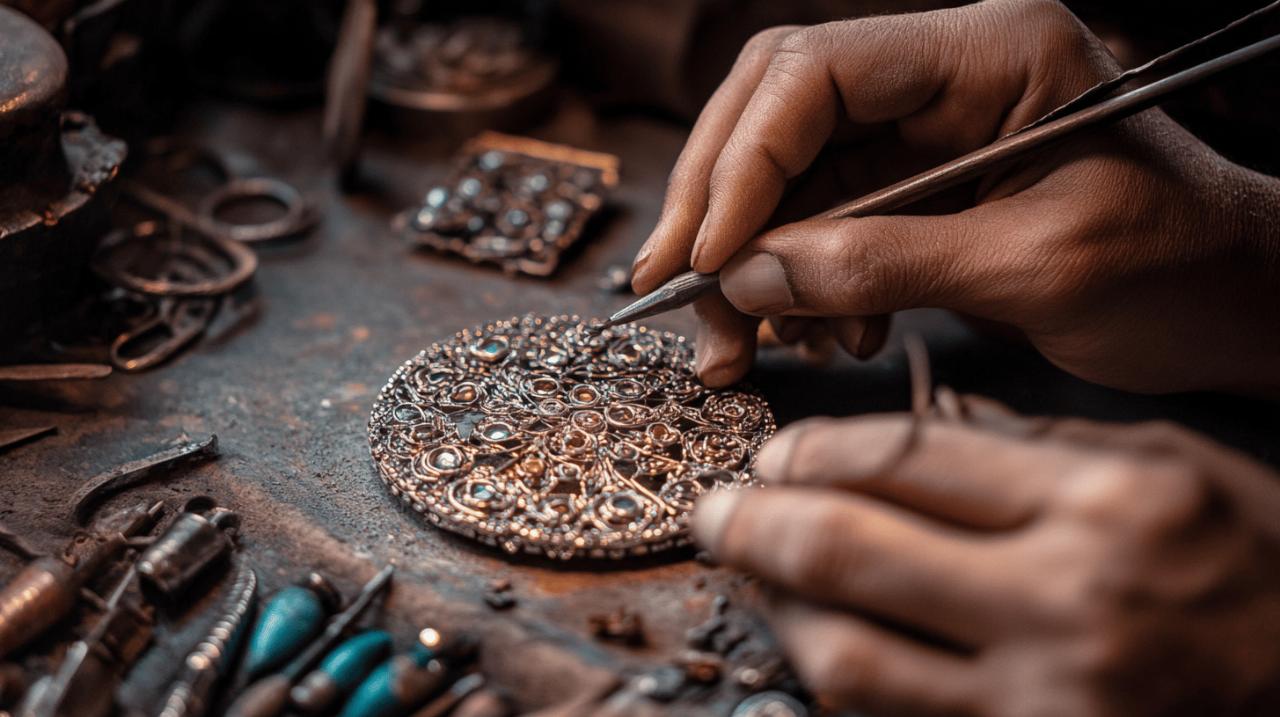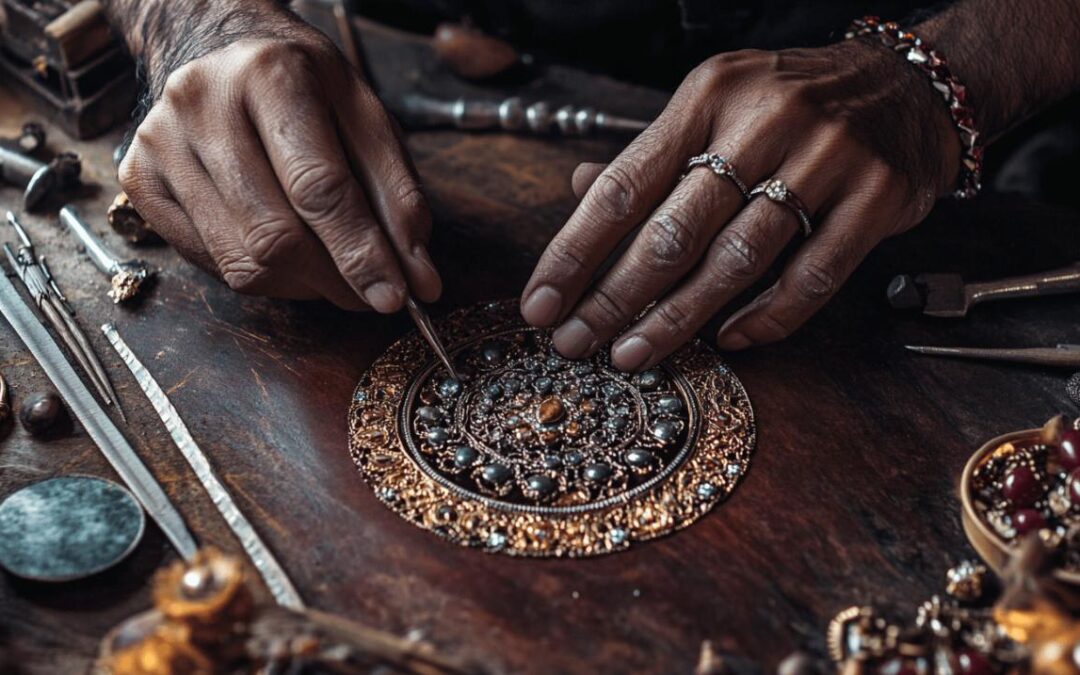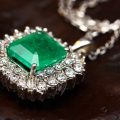The art of jewelry decoration transforms simple components into stunning wearable art pieces. Mastering coloring and dyeing techniques opens up limitless possibilities for creating unique jewelry with personality and style. Whether you're working with metals, gemstones, or other materials, understanding the fundamentals of coloration will elevate your jewelry designs to professional levels.
Understanding jewelry coloring fundamentals
Jewelry design requires a solid grasp of how colors interact with different materials. When creating distinctive pieces, knowledge of material properties and coloring techniques becomes essential. Various metals like silver, gold, and platinum each respond differently to coloring processes, while gemstones present their own unique considerations.
Basic materials needed for dyeing jewelry components
To begin your jewelry coloring journey, you'll need specific tools and supplies. Essential items include quality pencils and erasers for preliminary designs, color-specific dyes compatible with your materials, specialized brushes for application, heat sources for certain techniques, and protective gear. For metals like silver jewelry, you might require patinas or oxidation solutions, while other components may need specialized colorants designed for jewelry applications.
Color theory applications in jewelry design
Color theory forms the backbone of successful jewelry decoration. Understanding color wheels, complementary colors, and color harmony enables designers to create visually appealing pieces. When working with materials like gold, silver, and gemstones, knowledge of how light interacts with surfaces becomes crucial. Proper application of color theory helps highlight the natural beauty of gemstone cuts while creating visual balance in composition. Professional jewelry designers often develop expertise in representing different materials through appropriate color choices and techniques.
Popular techniques for coloring metal elements
Jewelry design encompasses more than just assembling pieces; it involves transforming raw materials into works of art through various coloring techniques. Metal components provide the perfect canvas for expressing creativity in jewelry making. When working with metals like silver, gold, or copper, professional jewelry designers employ specialized coloring methods to achieve distinctive finishes that enhance the overall aesthetic appeal of their pieces.
The art of coloring metal elements requires understanding both color theory and material properties. Different metals react uniquely to various treatments, allowing for a spectrum of possibilities in jewelry manufacturing. Whether creating custom silver jewelry or developing ODM/OEM solutions for clients, mastering these techniques gives designers a competitive edge in the market.
Patina Methods for Copper and Brass Components
Patina techniques create aged, textured finishes on copper and brass jewelry components through controlled oxidation processes. These methods produce rich, dimensional colors ranging from deep browns and blues to vibrant greens and purples. Professional jewelry designers often use chemical solutions containing liver of sulfur, ammonia, or salt to accelerate and control the natural oxidation process.
For achieving consistent results in patina application, jewelry product expertise is essential. The process typically involves cleaning the metal thoroughly, applying the patination solution, and then sealing the finish with a protective coating. This technique works beautifully for highlighting detailed areas in metal jewelry design, creating visual contrast within a piece. Many silver jewelry manufacturers incorporate patina treatments to add character and depth to their collections.
Heat treatment techniques for unique metal finishes
Heat treatment offers jewelry designers precise control over color development in metals. By applying controlled heat to metals like copper, brass, and silver, artisans can produce stunning color gradients ranging from straw yellows to deep purples and blues. This technique requires careful temperature management and timing to achieve desired results.
Mastering heat treatment involves understanding how different metals respond to specific temperature ranges. For instance, sterling silver develops subtle color shifts, while copper displays dramatic transformations. Jewelry designers combine heat treatment with hand-drawing techniques and material expression knowledge to create signature finishes. This approach allows for customization in manufacturing processes, particularly valuable for gemstone settings and three-view drawing implementation. Many professionals use small torches or kilns to perform heat treatments precisely, creating unique finishes that distinguish their jewelry product expertise.
Dyeing methods for natural materials
Natural materials form the foundation of distinctive jewelry pieces, each requiring specific coloring techniques to enhance their beauty. Mastering the art of dyeing these materials can elevate simple components into stunning jewelry design elements. The process involves understanding not only color theory but also the unique properties of each material to achieve optimal results. Different natural materials absorb and display color differently, making it essential to select appropriate dyeing methods for wood beads and stone enhancements when crafting earrings, pendants, and other silver jewelry pieces.
Wood bead coloring processes for earrings
Wood beads offer excellent versatility in jewelry design, particularly for earrings. Several coloring processes can transform these natural elements. Water-based dyes penetrate the wood grain effectively, creating rich, translucent colors that preserve the natural patterns. For more vibrant results, alcohol-based dyes provide intense coloration that works well with lighter woods. Artisans working with wood beads should first prepare the surface through fine sanding to ensure even absorption. Applying multiple thin layers rather than a single thick coat produces more consistent results. Some jewelry product expertise suggests sealing colored wood beads with natural oils or clear sealants to protect the finish while maintaining the organic quality that makes wood beads desirable in metals and gemstones combinations. This approach respects composition rules while allowing for creative expression in material expression.
Stone enhancement techniques for pendants
Enhancing natural stones for pendant creation involves specialized techniques that respect the unique character of each stone. Heat treatment remains one of the most traditional methods, capable of intensifying colors in certain gemstone cuts. For porous stones, dye stabilization techniques can introduce new colors while maintaining the stone's natural texture. When working with stone pendants, understanding three-view drawing helps visualize how the enhanced stone will appear when mounted. Modern manufacturing approaches often combine traditional hand-drawing techniques with innovative processes to achieve consistent results. The application of specific oils can deepen the natural colors in stones like agate or jasper, a technique valued in both artisanal and commercial silver jewelry production. Many manufacturers offering ODM/OEM solutions employ these enhancement methods to meet the growing demand for unique stone pendants while maintaining perspective principles that ensure balanced and visually appealing finished pieces.
Preserving your colored jewelry creations
After investing time and creativity into coloring and dyeing your jewelry materials, proper preservation becomes essential to maintain the beauty and longevity of your artistic work. The vibrant colors and intricate designs of your silver jewelry and gemstone pieces deserve protection against fading, chipping, and environmental damage. Proper sealing and storage techniques play crucial roles in preserving the integrity of your jewelry design efforts.
Sealing methods to protect dyed surfaces
Various sealing options exist for different types of jewelry materials. For metals like gold, silver, and platinum, specialized metal sealants create a transparent protective layer that preserves both color and shine. When working with dyed gemstones, applying a jewelry-grade clear resin can lock in color while maintaining the stone's natural luster and cut characteristics. Hand-drawn designs on jewelry surfaces benefit from microcrystalline wax sealants that offer protection without altering the material expression of your work. For composition designs involving multiple materials, consider layered sealing approaches where different sealants address the specific needs of metals and gemstones within the same piece. Professional jewelry product experts recommend testing sealants on a small, inconspicuous area before applying to your entire piece to ensure compatibility with your specific materials and color applications.
Storage solutions for maintaining vibrant colors
Proper storage significantly extends the life of your colored jewelry creations. Dedicated jewelry boxes with anti-tarnish lining provide excellent protection for silver jewelry pieces with dyed elements. For designs incorporating color theory applications and delicate hand-drawing techniques, acid-free tissue wrapping prevents color transfer and surface scratching. Store pieces separately to prevent metals from scratching gemstones—this is particularly important for preserving the integrity of specific gemstone cuts. Climate-controlled storage maintains stable temperature and humidity levels, preventing color-damaging fluctuations that can affect both metals and dyed components. UV-protective display cases are ideal for showcasing your jewelry while protecting against light damage, which is especially important for organic dyes used in your design work. Manufacturing experts with extensive jewelry product expertise suggest rotating displayed pieces regularly to minimize exposure and maintain the vibrant colors achieved through your application of color theory and material expression techniques.



